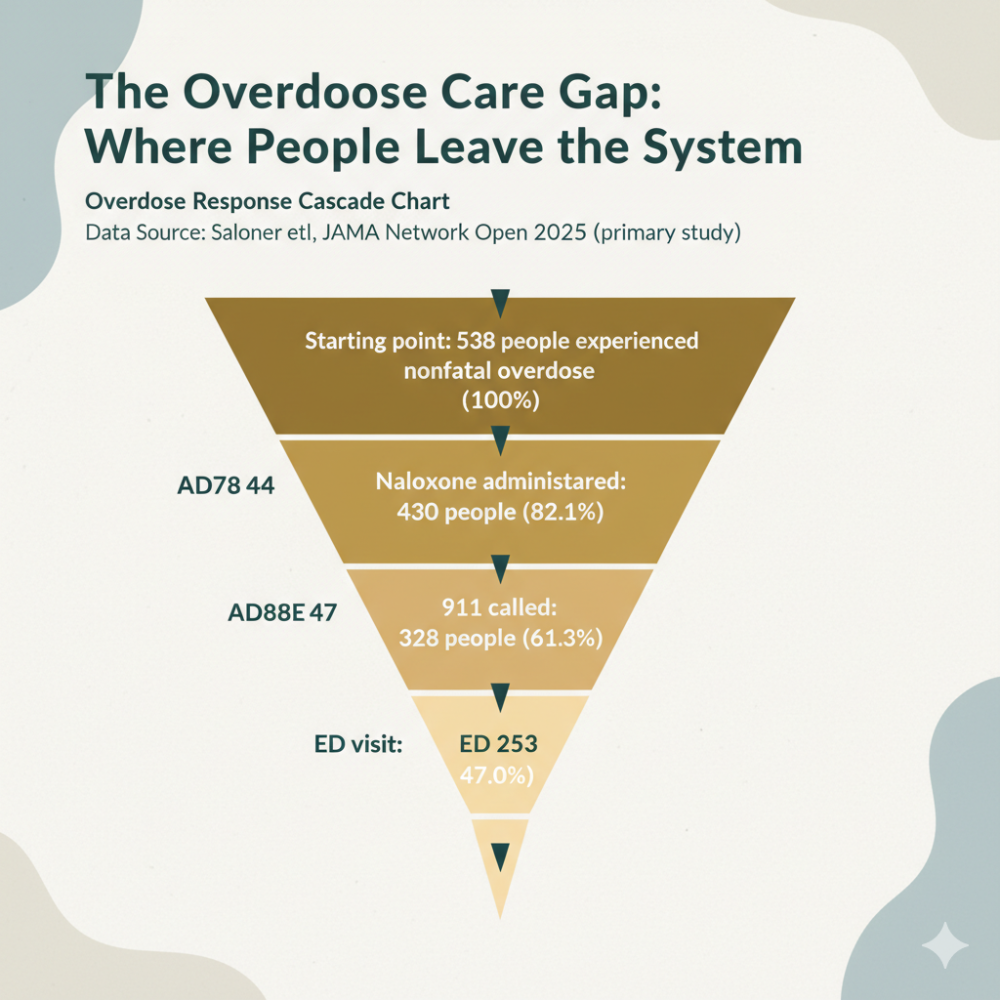The Dangers of Combining Gabapentin & Tramadol (Ultram)
With the myriad of medications available today, it’s crucial to understand the interactions and potential risks that can arise when two or more drugs are combined. One such risky combination is that of gabapentin, a nerve pain and anti-seizure medication, and tramadol, a narcotic painkiller. Both these drugs individually have therapeutic benefits when taken as prescribed. However, combining them can have severe consequences for the user.
Understanding Gabapentin
Gabapentin, initially developed for treating epilepsy, is an anticonvulsant or anti-seizure medication. Since its introduction, its uses have expanded beyond epilepsy management. One of its primary uses today is for the treatment of neuropathic pain, which arises from nerve damage or a malfunctioning nervous system. Conditions such as postherpetic neuralgia, a complication of shingles, and diabetic neuropathy benefit from Gabapentin’s pain-relieving properties.
Additionally, Gabapentin has found utility in treating restless legs syndrome, a condition characterized by an uncontrollable urge to move the legs, especially during periods of rest or inactivity. It has also been prescribed off-label for various conditions, including anxiety disorders, insomnia, and mood disorders.
The mechanism by which Gabapentin exerts its effects remains somewhat elusive. It’s believed to work by affecting the way the brain senses pain and by altering the levels of certain neurotransmitters, which are chemicals that nerves use to communicate with one another.
Understanding the origins, uses, and potential risks of Gabapentin helps contextualize the concerns surrounding its combined use with other medications. As with all drugs, it’s essential to use Gabapentin under the guidance and monitoring of a healthcare professional.
Side Effects of Gabapentin
Gabapentin, while effective for various medical conditions, can cause a range of side effects. It’s crucial to be informed of these potential reactions and to communicate any unusual experiences to your healthcare provider.
Common Side Effects:
These are side effects that may occur but often may diminish as your body becomes accustomed to the medication. If they persist or are bothersome, consult your doctor. They include:
- Drowsiness
- Tiredness or weakness
- Dizziness
- Headache
- Uncontrollable shaking of a part of your body
- Double or blurred vision
- Unsteadiness
- Anxiety
- Memory problems
- Strange or unusual thoughts
- Unwanted eye movements
- Nausea
- Vomiting
- Heartburn
- Diarrhea
- Dry mouth
- Constipation
- Increased appetite
- Weight gain
- Swelling of the hands, feet, ankles, or lower legs
- Back or joint pain
- Fever
- Runny nose, sneezing, cough, sore throat, or flu-like symptoms
- Ear pain
- Red, itchy eyes (sometimes with swelling or discharge)
Serious Side Effects:
These side effects may indicate a more severe reaction and require immediate attention. If you experience any of the following, it’s crucial to contact your doctor immediately:
- Rash
- Itching
- Swelling of the face, throat, tongue, lips, or eyes
- Hoarseness
- Difficulty swallowing or breathing
- Seizures
- Difficulty breathing; bluish-tinged skin, lips, or fingernails; confusion; or extreme sleepiness
It’s essential to remember that gabapentin might cause other side effects not listed here. Always maintain open communication with your healthcare provider, and call them if you notice any unusual or persistent problems while on this medication.
Understanding Tramadol
Tramadol is an opioid analgesic, commonly known as a painkiller, used to treat moderate to severe pain. Unlike other traditional opioids such as morphine or codeine, Tramadol works in two distinct ways. Firstly, it binds to the µ-opioid receptors in the brain, which are responsible for pain perception. Secondly, it affects the reuptake of neurotransmitters, norepinephrine and serotonin, which can further help to reduce the sensation of pain.
Introduced in the late 20th century, Tramadol was initially praised for its ability to provide significant pain relief with a supposedly lower potential for addiction and respiratory depression compared to traditional opioids. However, over the years, it became evident that Tramadol, while having a unique mechanism of action, still carries risks of dependency, abuse, and overdose, much like other opioids.
Besides pain relief, Tramadol has some off-label uses. It has been explored as a potential treatment for depression due to its impact on serotonin and norepinephrine, though it’s not commonly prescribed for this purpose.
As with all medications, it’s crucial to use Tramadol as prescribed by a medical professional and to be vigilant about potential drug interactions, especially given its opioid nature and serotonin-reuptake inhibiting properties.
Side Effects of Tramadol
Tramadol, while effective in managing moderate to severe pain, does have a spectrum of potential side effects. Patients using Tramadol should be aware of these side effects and communicate with their healthcare provider about any unusual or persistent symptoms.
Common Side Effects:
These side effects might occur but often may diminish as your body becomes accustomed to the medication. It’s important to notify your doctor if they persist or become bothersome. They include:
- Sleepiness
- Headache
- Nervousness
- Uncontrollable shaking of a part of your body
- Changes in mood
- Heartburn or indigestion
- Dry mouth
Serious Side Effects:
These side effects indicate a more severe reaction and necessitate immediate medical attention. If you experience any of the following, contact your doctor immediately or seek emergency medical treatment:
- Hives
- Rash
- Blisters
- Hoarseness
- Difficulty swallowing or breathing
- Chest pain
- Swelling of the eyes, face, throat, tongue, lips, hands, feet, ankles, or lower legs
- Agitation, hallucinations, fever, sweating, confusion, fast heartbeat, shivering, severe muscle stiffness or twitching, loss of coordination, nausea, vomiting, or diarrhea
- Nausea, vomiting, loss of appetite, fatigue, weakness, or dizziness
- Changes in heartbeat
- Confusion, loss of energy, drowsiness, fatigue, restlessness, irritability, muscle weakness, spasms or cramps
- Hunger, headache, sweating, uncontrollable shaking, irritability, or difficulty concentrating
- Loss of consciousness
- Seizures
Patients should always be vigilant when starting a new medication like Tramadol. While it offers significant relief from pain, it’s essential to be informed about its potential side effects and to maintain regular communication with healthcare providers.
Risks of Mixing Gabapentin and Tramadol
Both gabapentin and tramadol impact the central nervous system. When these medications are taken together, there’s an increased risk of central nervous system depression. This means that the usual neural activity is slowed down, leading to a range of potential side effects. At its most severe, this depression can cause respiratory depression, where the patient’s breathing becomes shallow and slow. In some cases, it can even lead to coma or death.
Understanding Respiratory Depression
Respiratory depression, also known as hypoventilation or respiratory suppression, refers to a decrease in the rate and depth of breathing. Essentially, it’s the inadequate exchange of gasses, resulting in reduced oxygen intake and carbon dioxide elimination.
Respiratory depression is often a side effect of certain medications, especially central nervous system (CNS) depressants. Opioids, including drugs like morphine, oxycodone, and tramadol, are a notable category of medications that can lead to this condition. Other substances, like alcohol and benzodiazepines, can also contribute to respiratory depression, and the risk amplifies when these substances are combined.
Symptoms of Respiratory Depression:
The symptoms of respiratory depression range from mild to severe and can include:
- Shallow breathing or reduced respiratory rate
- Bluish coloration of the lips or fingertips (cyanosis)
- Confusion or disorientation
- Dizziness or lightheadedness
- Excessive sleepiness or difficulty staying awake
- Decreased responsiveness or unresponsiveness
- Chest pain or discomfort
Left untreated, respiratory depression can lead to life-threatening complications. A reduced oxygen level in the blood (hypoxia) can damage vital organs like the heart and brain. Severe respiratory depression can lead to respiratory arrest, where breathing stops entirely, followed by cardiac arrest.
Given the risks, healthcare professionals are cautious when prescribing medications that can lead to respiratory depression. It’s crucial for patients to use these medications strictly as directed, avoid mixing them with other depressants unless advised by a doctor, and remain vigilant for any symptoms. Monitoring devices, such as pulse oximeters, can be used in clinical settings to track oxygen levels in patients at risk.
The Importance of Doctor Consultation
Before starting, stopping, or adjusting the dosage of either gabapentin or tramadol, it’s paramount to consult a medical professional. Your doctor may suggest alternative medications that don’t have interacting risks. If both medications are deemed necessary, the physician may adjust doses or recommend increased monitoring to ensure safe usage.
Alcohol and Self-medication
It’s worth noting that the dangers of combining gabapentin and tramadol can be compounded by the consumption of alcohol or other drugs. Alcohol, like gabapentin and tramadol, is a depressant, so drinking while on these medications increases the risk of central nervous system depression. Self-medicating, or adjusting the dose without a doctor’s recommendation, can be extremely hazardous.
Potential Impairments Caused by Gabapentin and Tramadol
Apart from the direct health risks, the combination of gabapentin and tramadol can lead to other impairments. Patients may experience dizziness, drowsiness, or difficulty concentrating. There’s also the potential for impaired judgment, slowed reaction time, and affected motor coordination. As a result, those on these medications should avoid activities that require alertness, such as driving or operating heavy machinery, until they are sure of how the combination affects them.
It’s essential to keep your doctor informed about all the medications, vitamins, and herbs you’re using. This holistic picture will allow them to assess any potential interactions or risks and make informed recommendations tailored to your specific situation.
Help is Available
Medications, when used appropriately, can offer relief from various ailments. However, it’s essential to be educated and vigilant about potential interactions, especially when dealing with potent drugs like gabapentin and tramadol. Always prioritize safety and maintain open communication with healthcare professionals to ensure the best outcomes for your health.
For those struggling with dependency or addiction, especially to substances like opioids, it’s essential to know that help is available. Gallus Medical Detox Centers is a recognized name in this field, with established locations in Denver, Phoenix, Dallas, and Houston. These centers specialize in providing medically-supervised detoxification services for drugs and alcohol, including opioids like Tramadol.
If you’re uncertain about your situation, Gallus offers a self-assessment that can help gauge if detox might be beneficial for you. Recognizing a problem is the first step towards recovery, and it’s always better to act sooner than later.
For individuals who believe they or their loved ones might need assistance overcoming addiction, don’t hesitate to reach out. Immediate support and guidance can be found by calling Gallus Detox at 866-272-5978. Recovery is a journey, and having expert support along the way can make all the difference.
FAQ About Combining Gabapentin and Tramadol
What is the primary concern about mixing Gabapentin and Tramadol?
The main concern is the increased risk of central nervous system (CNS) depression, which can lead to serious side effects such as respiratory distress, coma, and even death.
Can I drink alcohol while on these medications?
No, you should avoid alcohol when taking Gabapentin, Tramadol, or both, as alcohol can intensify CNS depression and increase the risk of dangerous side effects.
Are there alternative medications that don’t have these interaction risks?
Yes, there may be alternative treatments that don’t carry the same interaction risks. Discuss any concerns with your doctor, who can guide you to the most appropriate treatment for your situation.
What should I do if I experience dizziness, drowsiness, or impaired judgment after taking these medications?
Avoid activities that require attention and coordination, such as driving or operating heavy machinery. If these symptoms are severe or persistent, consult with your doctor immediately.
How will I know if I’m experiencing respiratory depression?
Symptoms can include shallow or slow breathing, bluish coloration of lips or fingertips, confusion, and excessive drowsiness. If you suspect you’re experiencing respiratory depression, seek medical attention immediately.
References
- Gabapentin: Uses, dosage, side effects, warnings. (n.d.). Drugs.com. https://www.drugs.com/gabapentin.html
- Gabapentin: MedlinePlus drug information. (n.d.). https://medlineplus.gov/druginfo/meds/a694007.html
- Tramadol: Uses, side effects, dosage, warnings. (n.d.). Drugs.com. https://www.drugs.com/tramadol.html
- Tramadol: MedlinePlus drug information. (n.d.-d). https://medlineplus.gov/druginfo/meds/a695011.html
- Gabapentin and tramadol Interactions. (n.d.). Drugs.com. https://www.drugs.com/drug-interactions/gabapentin-with-tramadol-1147-0-2221-0.html
- Boom, M., Niesters, M., Sarton, E., Aarts, L., Smith, T., & Dahan, A. (2012c). Non-Analgesic effects of Opioids: Opioid-induced respiratory depression. Current Pharmaceutical Design, 18(37), 5994–6004. https://doi.org/10.2174/138161212803582469
- Bhutta, B. S. (2022c, August 9). Hypoxia. StatPearls – NCBI Bookshelf. https://www.ncbi.nlm.nih.gov/books/NBK482316/
- Cushman, P. (1987b). Alcohol and opioids: Advances in Alcohol and Substance Abuse, 6(3), 33–46. https://doi.org/10.1300/j251v06n03_04


 Steve B
Steve B 
